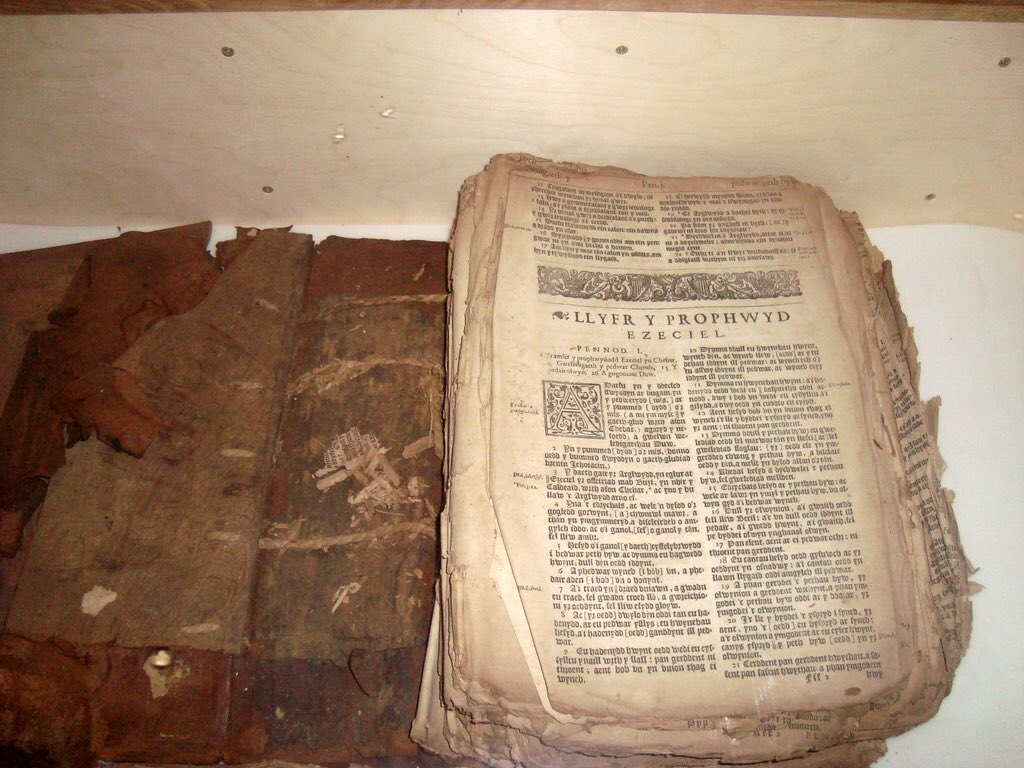
We thought we'd share some recent before and afters...
1. St Mary's, Long Crichel: angel restored to the apse - amongst other major repairs;
2. St Denis's, East Hatley: windows installed in chancel after ~40yrs without;
2. St Andrew's, Wood Walton: chancel plastered and painted.


1. St Mary's, Long Crichel: angel restored to the apse - amongst other major repairs;
2. St Denis's, East Hatley: windows installed in chancel after ~40yrs without;
2. St Andrew's, Wood Walton: chancel plastered and painted.



• • •
Missing some Tweet in this thread? You can try to
force a refresh




























